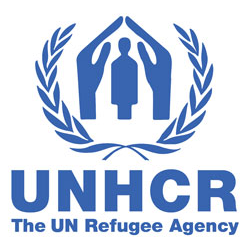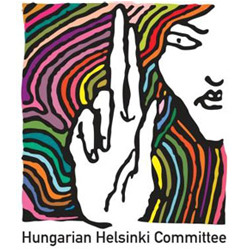This section of The Refugee Law Reader examines the legal norms regarding refugee protection that have developed in the Americas. In particular, it highlights concepts and instruments that are unique to Latin America, where most of the regional developments have occurred. Some developments involving Canada and the United States of America are addressed at the end of the section.
The first portion of this section addresses the regional instruments dealing with ‘diplomatic/political asylum’, ‘refugio (refuge)/territorial asylum’, and asylum provided to refugees. These concepts have a specific meaning in the Latin American context, and efforts to interpret and apply them have given rise to a substantial body of law. Materials in this section attempt to clarify ‘political/diplomatic asylum’ and ‘refugio (refuge)/territorial asylum’ in the light of the overarching international law framework protecting refugees and the recent developments of the Inter-American Court of Human Rights; the scarcity of literature in a language other than Spanish makes this a difficult task.
The second part of this section focuses on the regional system of human rights and its impact on refugee protection in the Americas. It canvasses the instruments and the related jurisprudence, as well as the soft law developments that are an important complement to refugee protection in the region. The section then turns to an examination of the Cartagena Declaration of 1984, the principal regional instrument specific to refugee protection. The Cartagena Declaration, the written expression of regional customary law, is notable for its situational approach, and its emphasis on protection and durable solutions. Other non-binding instruments that play an important role in the region are also examined.
The section next reviews the application of the 1951 Geneva Convention in the context of regional norms and national legislation adopted in Latin America. With the sole exception of Cuba, all the states in the region have ratified the 1951 Geneva Convention and/or its 1967 Protocol. The development of national jurisprudence concerning refugee protection still needs to be further developed, however.
This section also examines the internal displacement in Colombia and the situation of internally displaced persons more generally in Latin America. It highlights the all too frequent interaction of collective displacement, persecution and violence, refugees, and the internally displaced.
The section concludes by noting the regional developments in North America between Canada and the United States of America concerning the adoption and implementation of the safe third country agreement.



